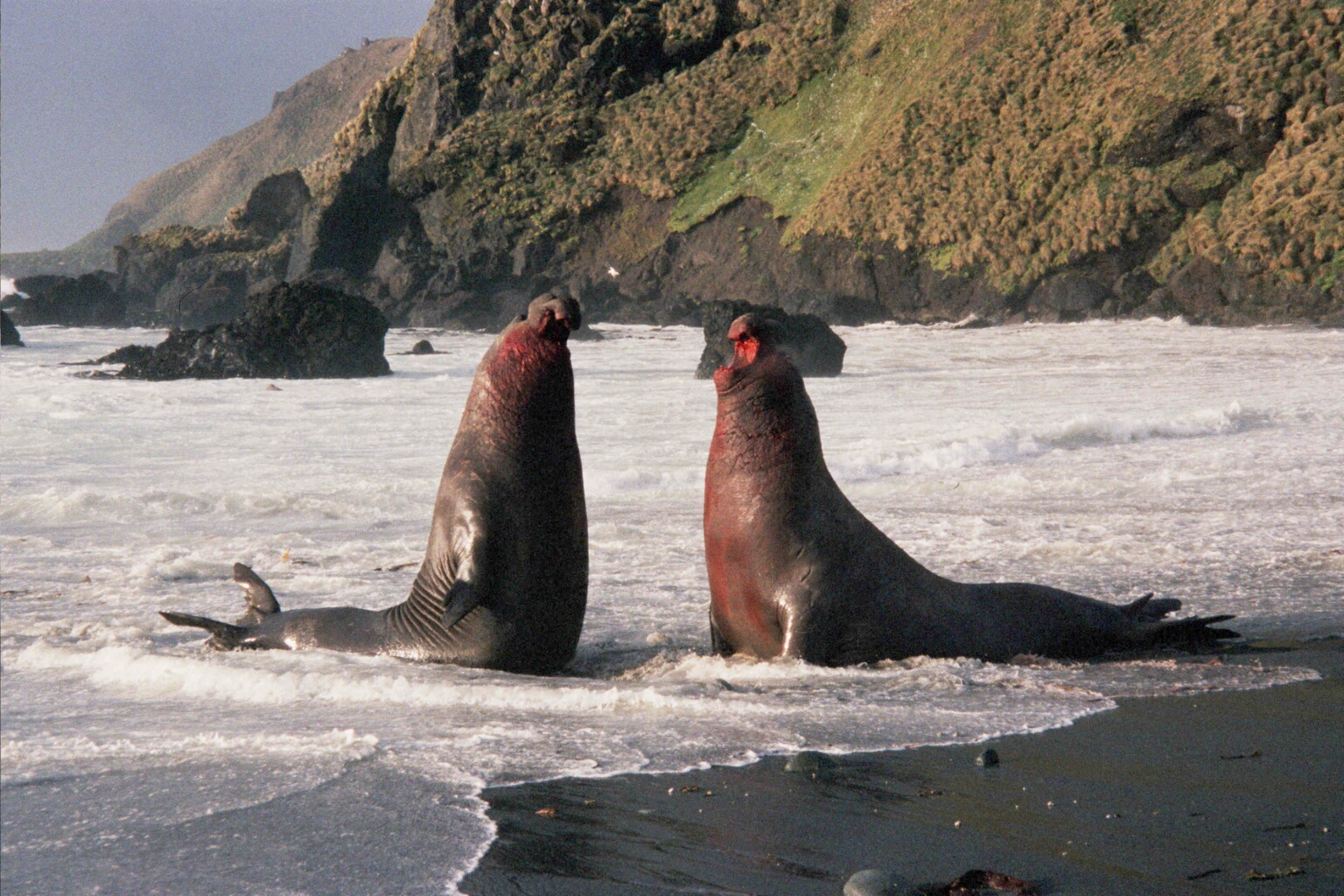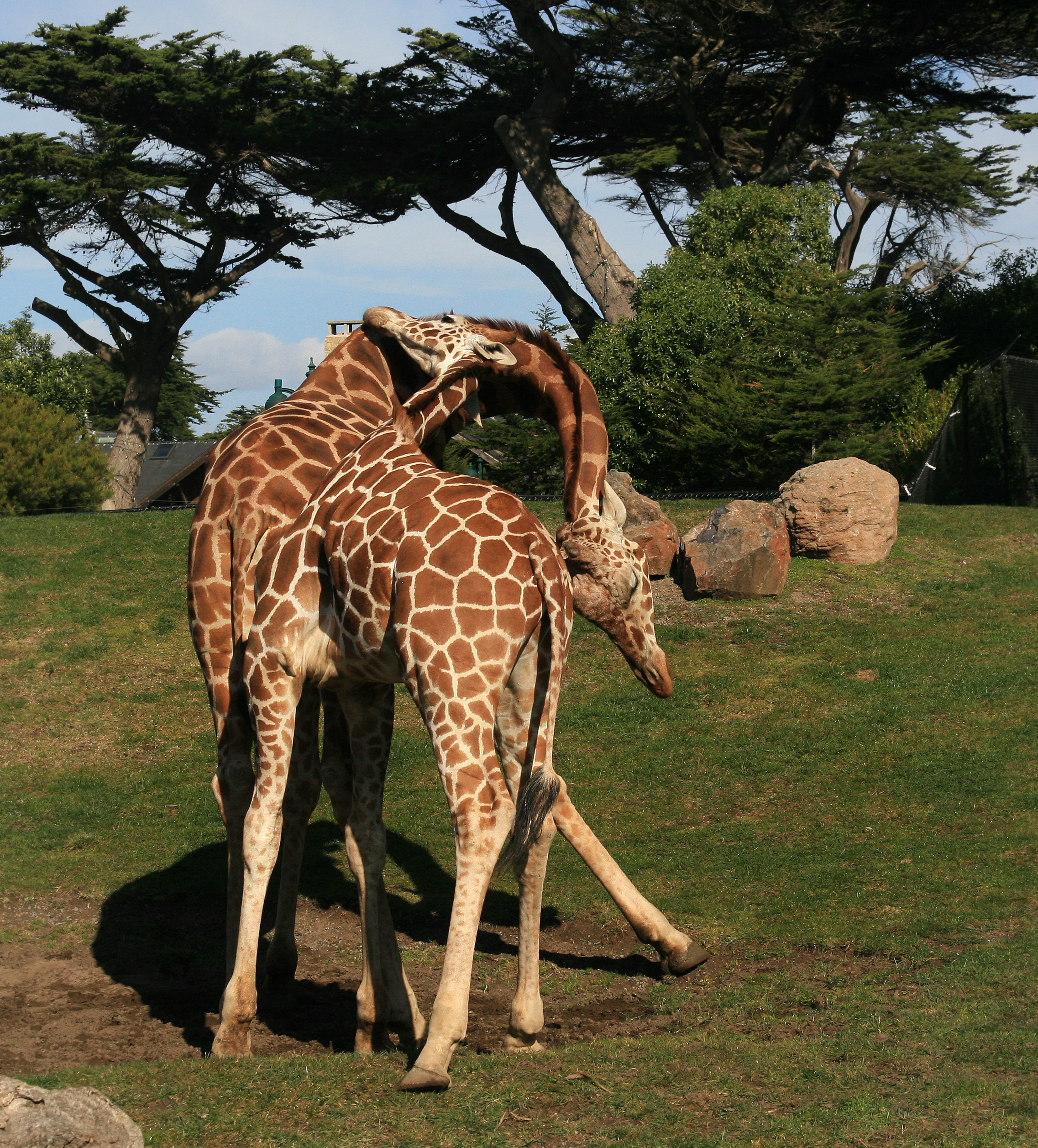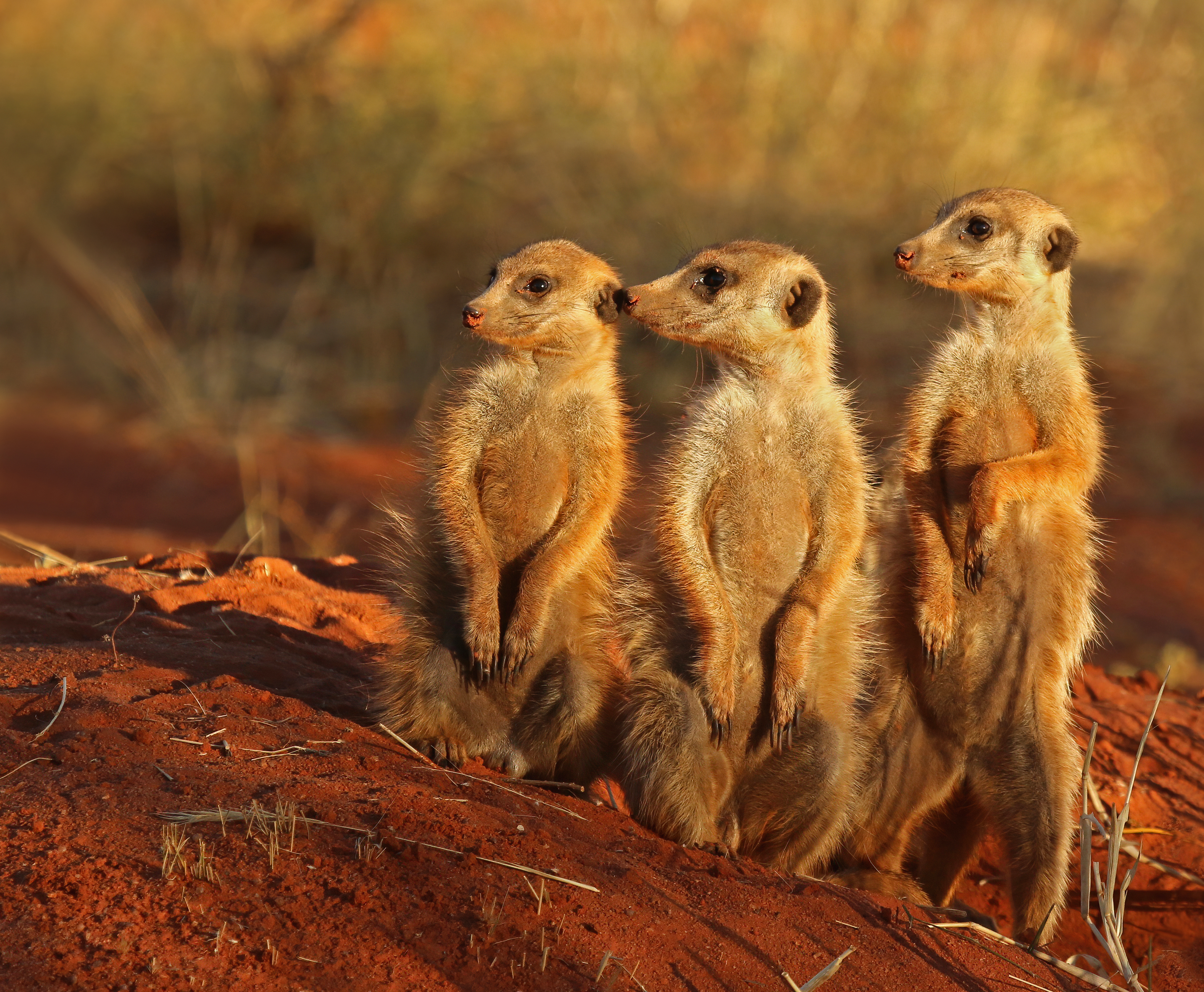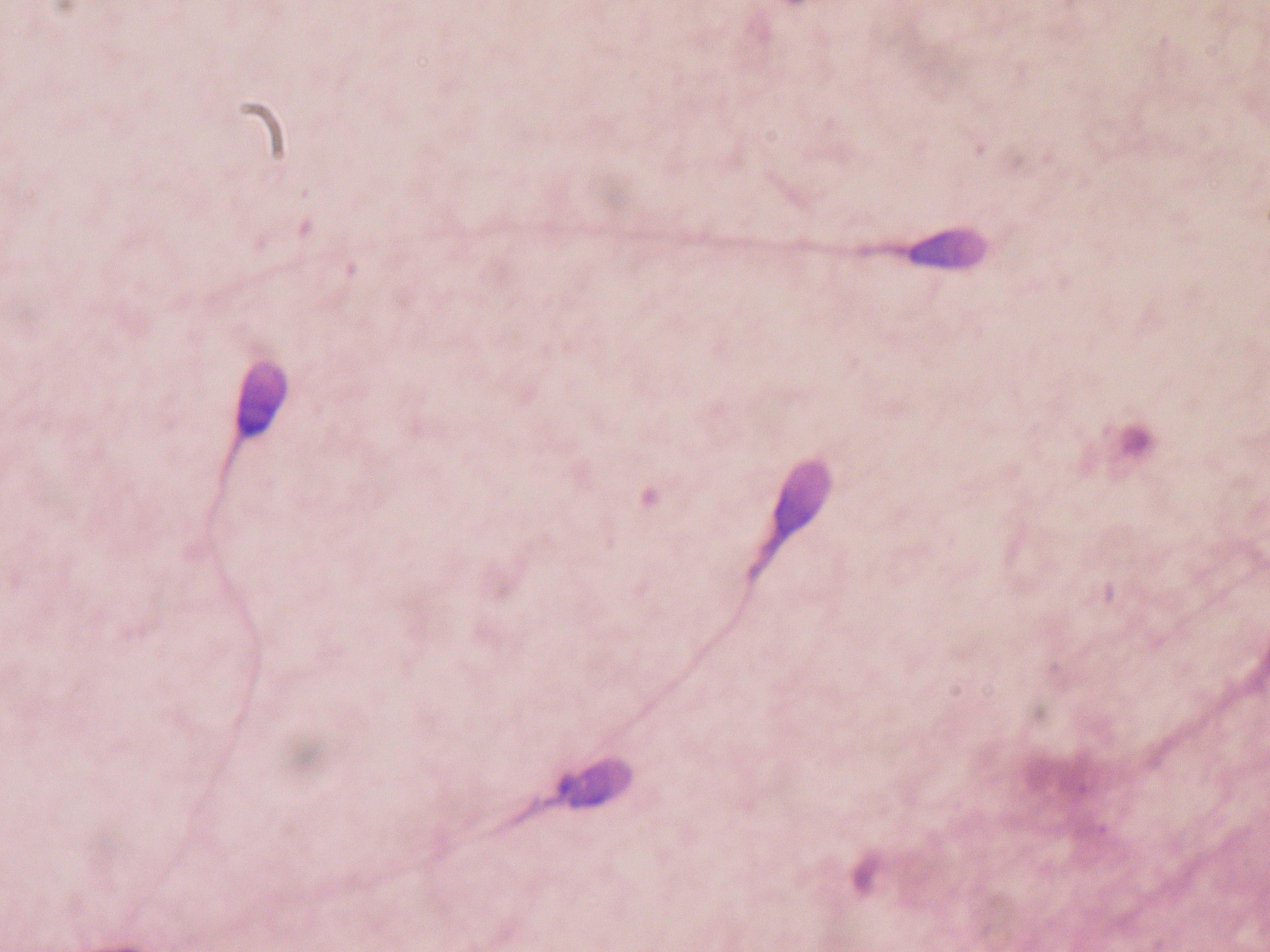Sexual selection in mammals on:
[Wikipedia]
[Google]
[Amazon]
 Sexual selection in mammals is a process the study of which started with
Sexual selection in mammals is a process the study of which started with
 A good example of intrasexual selection, in which males fight for dominance over a
A good example of intrasexual selection, in which males fight for dominance over a  In the case of ''intrasexual selection'', adorned males may gain a reproductive advantage without the intervention of female preference. This advantage will be conferred by weapons used in the process of resolving disputes, such as those over territorial rights. The use of sexual ornamentation as a signaling device to create a
In the case of ''intrasexual selection'', adorned males may gain a reproductive advantage without the intervention of female preference. This advantage will be conferred by weapons used in the process of resolving disputes, such as those over territorial rights. The use of sexual ornamentation as a signaling device to create a
 The evolutionary origins of the giraffe's (''Giraffa camelopardalis'') long neck are controversial. The long-accepted "competing browser's hypothesis" originally put forth by
The evolutionary origins of the giraffe's (''Giraffa camelopardalis'') long neck are controversial. The long-accepted "competing browser's hypothesis" originally put forth by

 Male–male competition to copulate with the opposite sex is often seen in
Male–male competition to copulate with the opposite sex is often seen in
 During the breeding season, mammals will call out to the opposite sex. Male
During the breeding season, mammals will call out to the opposite sex. Male

 Sex role reversal is the change in behavior of a specific species from their ordinary pattern. Sex-role reversal supports sexual dimorphism very strongly.
Female–female competition is a common abnormality within animals with accepted sex roles. Females invest into choosing the best possible mate because they have more of a part in bringing up their offspring than males (gestation and lactation). Gestation and lactation are energy-consuming, which means their competition for resources is high. Female–female competitions are observed to gain access for better mates. Meerkat females acquire dominant status because resources for female reproduction are scarce. Dominant females in this species are heavier and win in competitions over other females.
Sex role reversal is the change in behavior of a specific species from their ordinary pattern. Sex-role reversal supports sexual dimorphism very strongly.
Female–female competition is a common abnormality within animals with accepted sex roles. Females invest into choosing the best possible mate because they have more of a part in bringing up their offspring than males (gestation and lactation). Gestation and lactation are energy-consuming, which means their competition for resources is high. Female–female competitions are observed to gain access for better mates. Meerkat females acquire dominant status because resources for female reproduction are scarce. Dominant females in this species are heavier and win in competitions over other females.
 Sperm competition involves male gametes trying to fertilize eggs first. As a result of sperm competition, some males in a given species can develop bigger testes and seminal vesicles. Larger midpiece areas in the sperm that contain mitochondria are also observed. Larger testes and bigger midpieces in sperm are seen in males that mate with multiple partners. A female that has been with multiple partners will most likely give birth to an offspring fathered by the male that produced the most or faster sperm. It was found that primates and rodents with longer flagellum fathered more offspring. The length of the baculum is also influenced by sperm competition in some mammal species.
Sperm competition involves male gametes trying to fertilize eggs first. As a result of sperm competition, some males in a given species can develop bigger testes and seminal vesicles. Larger midpiece areas in the sperm that contain mitochondria are also observed. Larger testes and bigger midpieces in sperm are seen in males that mate with multiple partners. A female that has been with multiple partners will most likely give birth to an offspring fathered by the male that produced the most or faster sperm. It was found that primates and rodents with longer flagellum fathered more offspring. The length of the baculum is also influenced by sperm competition in some mammal species.
 Sexual selection in mammals is a process the study of which started with
Sexual selection in mammals is a process the study of which started with Charles Darwin
Charles Robert Darwin ( ; 12 February 1809 – 19 April 1882) was an English naturalist, geologist, and biologist, widely known for his contributions to evolutionary biology. His proposition that all species of life have descended ...
's observations concerning sexual selection
Sexual selection is a mode of natural selection in which members of one biological sex choose mates of the other sex to mate with (intersexual selection), and compete with members of the same sex for access to members of the opposite sex ( ...
, including sexual selection in humans
Sexual selection in humans concerns the concept of sexual selection, introduced by Charles Darwin as an element of his theory of natural selection, as it affects humans. Sexual selection is a biological way one sex chooses a mate for the best repr ...
, and in other mammals, consisting of male–male competition and mate choice that mold the development of future phenotype
In genetics, the phenotype () is the set of observable characteristics or traits of an organism. The term covers the organism's morphology or physical form and structure, its developmental processes, its biochemical and physiological pr ...
s in a population for a given species
In biology, a species is the basic unit of classification and a taxonomic rank of an organism, as well as a unit of biodiversity. A species is often defined as the largest group of organisms in which any two individuals of the appropriate s ...
.
Elephant seals
harem
Harem ( Persian: حرمسرا ''haramsarā'', ar, حَرِيمٌ ''ḥarīm'', "a sacred inviolable place; harem; female members of the family") refers to domestic spaces that are reserved for the women of the house in a Muslim family. A har ...
of females, is the elephant seal
Elephant seals are very large, oceangoing earless seals in the genus ''Mirounga''. Both species, the northern elephant seal (''M. angustirostris'') and the southern elephant seal (''M. leonina''), were hunted to the brink of extinction for oi ...
– large, oceangoing mammals of the genus
Genus ( plural genera ) is a taxonomic rank used in the biological classification of living and fossil organisms as well as viruses. In the hierarchy of biological classification, genus comes above species and below family. In binomial nom ...
''Mirounga''. There are two species: the northern (''M. angustirostris'') and southern elephant seal
The southern elephant seal (''Mirounga leonina'') is one of two species of elephant seals. It is the largest member of the clade Pinnipedia and the order Carnivora, as well as the largest extant marine mammal that is not a cetacean. It gets its ...
(''M. leonina'') – the largest carnivoran
Carnivora is a monophyletic order of placental mammals consisting of the most recent common ancestor of all cat-like and dog-like animals, and all descendants of that ancestor. Members of this group are formally referred to as carnivorans, ...
living today. Both species show extreme sexual dimorphism
Sexual dimorphism is the condition where the sexes of the same animal and/or plant species exhibit different morphological characteristics, particularly characteristics not directly involved in reproduction. The condition occurs in most an ...
, possibly the largest of any mammal, with southern males typically five to six times heavier than the females. While the females average and long, the bulls average and long.
The record-sized bull, shot in Possession Bay, South Georgia, on February 28, 1913, measured long and was estimated to weigh . The maximum weight of a female is with a length of .
Males arrive in the colonies before the females and fight for control of harems. Large body size confers advantages in fighting. The agonistic behaviour
Agonistic behaviour is any social behaviour related to fighting. The term has broader meaning than aggressive behaviour because it includes threats, displays, retreats, placation, and conciliation. The term "agonistic behaviour" was first impleme ...
of the bulls gives rise to a dominance hierarchy, with access to harems and breeding activity being determined by rank. The dominant bulls or "harem masters" establish harem
Harem ( Persian: حرمسرا ''haramsarā'', ar, حَرِيمٌ ''ḥarīm'', "a sacred inviolable place; harem; female members of the family") refers to domestic spaces that are reserved for the women of the house in a Muslim family. A har ...
s of several dozen females. The least successful males have no harems, but may try to copulate with a harem male's females when the dominant male is not looking. A dominant male must stay in his territory to defend it, which can mean months without eating, living on his store of blubber. Some males have stayed ashore for more than three months without food. Two fighting males use their weight and canine teeth against each other. The outcome is rarely fatal, and the defeated bull will flee; however, bulls suffer severe tears and cuts. Males commonly vocalize with a coughing roar that serves in both individual recognition and size assessment. Conflicts between high-ranking males are more often resolved with posturing and vocalizing than with physical contact.
 In the case of ''intrasexual selection'', adorned males may gain a reproductive advantage without the intervention of female preference. This advantage will be conferred by weapons used in the process of resolving disputes, such as those over territorial rights. The use of sexual ornamentation as a signaling device to create a
In the case of ''intrasexual selection'', adorned males may gain a reproductive advantage without the intervention of female preference. This advantage will be conferred by weapons used in the process of resolving disputes, such as those over territorial rights. The use of sexual ornamentation as a signaling device to create a dominance hierarchy
In biology, a dominance hierarchy (formerly and colloquially called a pecking order) is a type of social hierarchy that arises when members of animal social groups interact, creating a ranking system. A dominant higher-ranking individual is so ...
among males, also known as a pecking order
In biology, a dominance hierarchy (formerly and colloquially called a pecking order) is a type of social hierarchy that arises when members of animal social groups interact, creating a ranking system. A dominant higher-ranking individual is so ...
, allows struggle to proceed without excessive injury or fatality. It is predominantly when two opposing males are so closely matched, as would be found in males not having established themselves in a dominance hierarchy, that asymmetries cannot be found and the confrontation escalates to a point where the asymmetries must be proved by aggressive use of ornamentation.
How often males will physically engage each other, and in what manner, can best be understood by applying game theory developed for biology, most notably by John Maynard Smith
John Maynard Smith (6 January 1920 – 19 April 2004) was a British theoretical and mathematical evolutionary biologist and geneticist. Originally an aeronautical engineer during the Second World War, he took a second degree in genetics un ...
.
An uncertain example: the giraffe
 The evolutionary origins of the giraffe's (''Giraffa camelopardalis'') long neck are controversial. The long-accepted "competing browser's hypothesis" originally put forth by
The evolutionary origins of the giraffe's (''Giraffa camelopardalis'') long neck are controversial. The long-accepted "competing browser's hypothesis" originally put forth by Charles Darwin
Charles Robert Darwin ( ; 12 February 1809 – 19 April 1882) was an English naturalist, geologist, and biologist, widely known for his contributions to evolutionary biology. His proposition that all species of life have descended ...
has been put into question. Originally, scientists believed that the elongation of the giraffe's neck had been a result of natural selection
Natural selection is the differential survival and reproduction of individuals due to differences in phenotype. It is a key mechanism of evolution, the change in the heritable traits characteristic of a population over generations. Cha ...
acting in relation to foraging
Foraging is searching for wild food resources. It affects an animal's fitness because it plays an important role in an animal's ability to survive and reproduce. Foraging theory is a branch of behavioral ecology that studies the foraging behavi ...
behaviour, where it was supposed that longer necks enabled favoured individuals to gather food inaccessible to other animals. But even though the giraffe's overall height is about 6 meters, it still typically feeds at about 2 meters above the ground. Moreover, the giraffe's kudu, impala, and steenbok competitors do not feed above 2 meters and prefer feeding at shoulder level as well, rather than at the maximum height they could reach.
An alternative explanation for the origin of long necks in giraffe is sexual selection. Male giraffe often neck with other males to exhibit dominance. There are six criteria that need to be satisfied for the exaggerated neck to be classified as a result of sexual selection. The characteristic should be more exaggerated in one of the sexes; it must be used to indicate dominance; have no direct survival benefits; cost the organism in terms of survival or other factors (e.g., energetics); positive allometry
Allometry is the study of the relationship of body size to shape, anatomy, physiology and finally behaviour, first outlined by Otto Snell in 1892, by D'Arcy Thompson in 1917 in '' On Growth and Form'' and by Julian Huxley in 1932.
Overview
Allom ...
should be observed. But evolutionary history shows that increased neck length is not correlated to increases in other parts of the body, which would be expected from foraging selection, so sexual selection may be a more satisfactory explanation. Studies have failed to resolve the causes involved: perhaps the neck was a result of both or other forces.
Precopulatory mechanisms
Precopulatory mechanisms determine who will father an offspring prior to sex. Male–male competition is the biggest precopulatory mechanism in mammals.Sexual dimorphism
Sexual dimorphism is the condition where the sexes of the same animal and/or plant species exhibit different morphological characteristics, particularly characteristics not directly involved in reproduction. The condition occurs in most an ...
is a result of male–male competition that is easily seen in species.
Male–male competition

 Male–male competition to copulate with the opposite sex is often seen in
Male–male competition to copulate with the opposite sex is often seen in mammals
Mammals () are a group of vertebrate animals constituting the class Mammalia (), characterized by the presence of mammary glands which in females produce milk for feeding (nursing) their young, a neocortex (a region of the brain), fur o ...
. African elephants strongly promote male–male competition. Elephants continuously grow throughout their lifetime. As males grow older, they also experience increasing lapses of musth
Musth or must (from Persian, )''The Oxford Dictionary and Thesaurus: American edition'', published 1996 by Oxford University Press; p. 984 is a periodic condition in bull (male) elephants characterized by aggressive behavior and accompanied ...
, a violent sexual excitement, and most reproductive success
Reproductive success is an individual's production of offspring per breeding event or lifetime. This is not limited by the number of offspring produced by one individual, but also the reproductive success of these offspring themselves.
Reproduct ...
happens to males in musth as it helps them win fights. A fight between a male in musth and one not can result in the death of the latter.
Species with intense male–male competition are known to exhibit the most size dimorphism. For example, female American black bears (''Ursus americanus'') are 20–40% smaller than males.
Male mammals can compete for harems
Harem (Persian: حرمسرا ''haramsarā'', ar, حَرِيمٌ ''ḥarīm'', "a sacred inviolable place; harem; female members of the family") refers to domestic spaces that are reserved for the women of the house in a Muslim family. A har ...
as well with elephant seals
Elephant seals are very large, oceangoing earless seals in the genus ''Mirounga''. Both species, the northern elephant seal (''M. angustirostris'') and the southern elephant seal (''M. leonina''), were hunted to the brink of extinction for oil ...
competing fiercely for harems. As mammals reach sexual maturity, secondary sexual characteristic
Secondary sex characteristics are features that appear during puberty in humans, and at sexual maturity in other animals. These characteristics are particularly evident in the sexually dimorphic phenotypic traits that distinguish the sexes of a s ...
arise. Elephant seals have a proboscis in the adult male, which is used to project loud noises, frequently heard during the mating season. Elephant seals with a bigger proboscis emit lower sounds than males with a smaller proboscis and are the bigger of the males in a colony. Mate-guarding is an important factor in male–male competition to ensure fertilization of an offspring
In biology, offspring are the young creation of living organisms, produced either by a single organism or, in the case of sexual reproduction, two organisms. Collective offspring may be known as a brood or progeny in a more general way. This ca ...
, and, when successful, helps to overlook and court the female. It especially prevents sperm competition
Sperm competition is the competitive process between spermatozoa of two or more different males to fertilize the same egg during sexual reproduction. Competition can occur when females have multiple potential mating partners. Greater choice and ...
from occurring as it ensures reproductive success. This process can be engaged when a post-coital signal is sent to a male to keep guard by the female. Mating plugs are a form of mate-guarding that have proved to show precopulatory female choice. Copulatory plugs are commonly acellular and thought to be made by proteins from the seminal vesicles. DNA taken from copulatory plugs show females deter from mating with close relatives.
Callings
 During the breeding season, mammals will call out to the opposite sex. Male
During the breeding season, mammals will call out to the opposite sex. Male koala
The koala or, inaccurately, koala bear (''Phascolarctos cinereus''), is an arboreal herbivorous marsupial native to Australia. It is the only extant representative of the family Phascolarctidae and its closest living relatives are the w ...
s that are bigger will let out a different sound than smaller koalas. The bigger males which are routinely sought out for are called sires. Females choose sires because of indirect benefits that their offspring could inherit, like larger bodies. Non-sires and females do not vary in their body mass and can reject a male by screaming or hitting him. Male–male competition is rarely exhibited in koalas.
Acoustic signaling is a type of call that can be used from a significant distance encoding an organism's location, condition and identity. Sac-winged bat
Emballonuridae is a family of microbats, many of which are referred to as sac-winged or sheath-tailed bats. They are widely distributed in tropical and subtropical regions around the world. The earliest fossil records are from the Eocene.
Desc ...
s display acoustic signaling, which is often interpreted as songs. When females hear these songs, named a 'whistle', they call onto the males to breed with a screech of their own. This action is termed 'calling of the sexes'. Red deer
The red deer (''Cervus elaphus'') is one of the largest deer species. A male red deer is called a stag or hart, and a female is called a hind. The red deer inhabits most of Europe, the Caucasus Mountains region, Anatolia, Iran, and parts of we ...
and spotted hyenas along with other mammals also perform acoustic signaling.
Testosterone
Testosterone
Testosterone is the primary sex hormone and anabolic steroid in males. In humans, testosterone plays a key role in the development of male reproductive tissues such as testes and prostate, as well as promoting secondary sexual characteristi ...
is a driving factor towards achieving fertilizing success. Bighorn sheep
The bighorn sheep (''Ovis canadensis'') is a species of sheep native to North America. It is named for its large horns. A pair of horns might weigh up to ; the sheep typically weigh up to . Recent genetic testing indicates three distinct subspec ...
display curved horns on the rams of the species which are big compared to the small horns displayed on the females of the species. The bigger the horns are, the more testosterone there was found to be in the male. This is important because social rank has a positive correlation with the length of the horns. Social rank leads to tending of a group of females to copulate with. Testosterone also appears more in polygynous species than in monogamous species.
Polyandry
Polyandrous females have two or more mating partners while they are in heat. Females are more likely to find a new mate when their current male had a high number of paternities the year before or their current male was old. This is presumed to have an effect on offspring and giving them more genetic diversity.Sex-role reversal
 Sex role reversal is the change in behavior of a specific species from their ordinary pattern. Sex-role reversal supports sexual dimorphism very strongly.
Female–female competition is a common abnormality within animals with accepted sex roles. Females invest into choosing the best possible mate because they have more of a part in bringing up their offspring than males (gestation and lactation). Gestation and lactation are energy-consuming, which means their competition for resources is high. Female–female competitions are observed to gain access for better mates. Meerkat females acquire dominant status because resources for female reproduction are scarce. Dominant females in this species are heavier and win in competitions over other females.
Sex role reversal is the change in behavior of a specific species from their ordinary pattern. Sex-role reversal supports sexual dimorphism very strongly.
Female–female competition is a common abnormality within animals with accepted sex roles. Females invest into choosing the best possible mate because they have more of a part in bringing up their offspring than males (gestation and lactation). Gestation and lactation are energy-consuming, which means their competition for resources is high. Female–female competitions are observed to gain access for better mates. Meerkat females acquire dominant status because resources for female reproduction are scarce. Dominant females in this species are heavier and win in competitions over other females.
Postcopulatory mechanisms
Copulating with the opposite sex does not ensure fertilization of an egg. Postcopulatory mechanisms includesperm competition
Sperm competition is the competitive process between spermatozoa of two or more different males to fertilize the same egg during sexual reproduction. Competition can occur when females have multiple potential mating partners. Greater choice and ...
and cryptic female choice
Cryptic female choice is a form of mate choice which occurs both in pre and post copulatory circumstances when females in certain species use physical or chemical mechanisms to control a male's success of fertilizing their ova or ovum; i.e. by sele ...
.
Sperm competition
Cryptic female choice
Cryptic female choice is a postcopulatory mechanism that cannot be observed because it takes place inside a female's body. It enables a female to have some control over who fathers her child even after fertilization. In some species, females may choose to mate with more than one male to prevent infanticide or harassment. Infanticide can be prevented by confusing the males in a given colony. If the female mates with multiple males, then the males will not know for sure who fathered the offspring. Infanticide can also be prevented by choosing a male that will protect her and the offspring. Sexual harassment may be avoided if females give in to males and copulate when they please.References
{{Reflist, 30em Sexual selection Mammalian sexuality